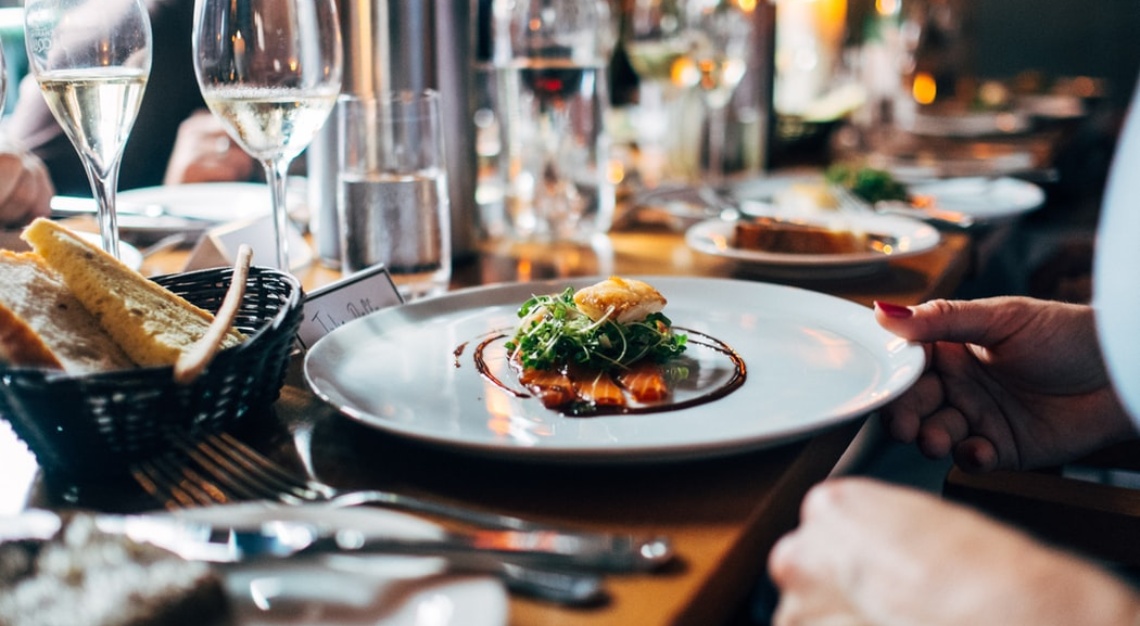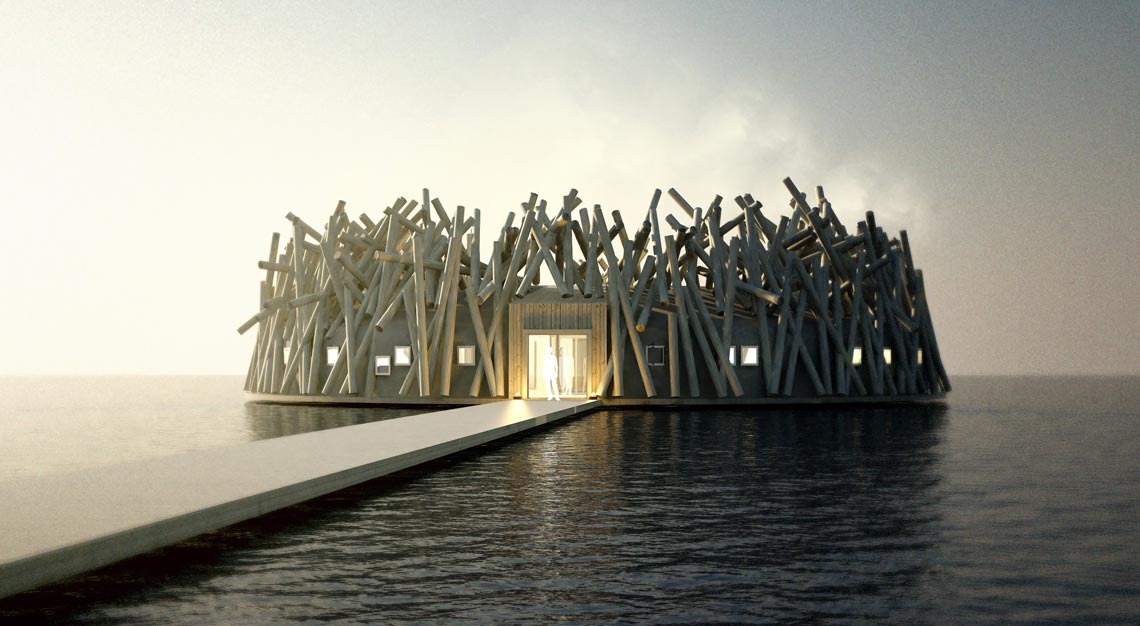It’s the epitome of a cool achievement
Edmund Chan and Tan Tai Tien call themselves ice sculptors, but being born and bred Singaporeans, the duo confesses to never working with the medium locally. “We have never carved a single block of ice in Singapore,” Chan admits. “People find it strange that we don’t practise our craft,” Tan chimes in. “I suppose it is indeed possible to procure ice blocks in Singapore to practise on, but we have never gone to that extent.”
To hone their craft, the duo prefers jumping into the deep end – right into official events, which they usually attend as members of The Snow Lions, an artist collective led by Chan that is focused on snow and ice sculpting. “Every time we participate in a snow and ice competition or festival is essential and crucial practice for us,” says Chan.

For Chan, this practice used to happen at least once a year at the annual Sapporo Snow Festival, an event that is especially meaningful to him as it was where he first dipped his toes into snow sculpting. In his inaugural experience at the festival’s International Snow Sculpture Contest in 2012, he was part of a team of three with local ceramicist Nelson Lim and sculptor Loh Tze Joo, both regulars at the festival.
The trio won the fifth prize in the competition – the first time the Singaporean team ever got placed. With that, Chan was hooked. For the next decade, he never missed a single year of the Sapporo Snow Festival. But his streak was broken in 2022 when the event was cancelled due to the pandemic. Itching to get some “practice” in, Chan began looking elsewhere.

That was when he landed on the open call for submissions to sculpt the rooms at Icehotel. Located in the town of Jukkasjäarvi in northern Sweden within the Arctic circle, the hotel is built from ground up every winter with snow and ice taken from the Torne river, which runs through the town. Every room, or Art Suite within the property is unique, designed and built by artists from around the world. As the weather warms up and spring comes, the hotel melts and returns itself to the river, leaving no trace behind.
On a whim, Chan decided that this was to be his ice sculpting challenge of the year. He roped in Tan, who was then his colleague and fellow papermaker at local art gallery and workshop, STPI (Chan has since moved on to take on the role of technical art and design executive at Tanglin Trust School). Tan had previously joined Chan once at Sapporo Snow Festival in 2019.

“It was a shot in the dark but we both drew up some designs and submitted three in May 2022,” Chan shares. “On 7 June 2022, we received an email from Icehotel’s creative director, Luca Roncoroni, telling us that we have been selected to participate in the 2022 edition, Icehotel 33.”
Chan and Tan’s design was chosen out of 102 submissions, and they were two out of the 24 artists from 13 countries who were selected to create Art Suites for Icehotel 33. This year’s hotel was built with 10 Olympic-sized swimming pools of snice, which is a mix of snow and ice. Chan and Tan’s suite took 10,591kg of ice and 15 days to complete.
The duo tells us more about the experience.

Why the theme of pencils for your Art Suite?
Chan: I was sat at my table one day in May 2022 trying to come up with a design for Icehotel. It occurred to me that I was holding a very important design tool: the pencil. It was then that I realised I could create a design inspired by this humble, everyday object. The pencil is a simple, fundamental tool that everyone has probably used at some point in their lives, be it for drawing, writing, or mark-making. It should be relevant and relatable enough for a wide audience. With that in mind, I started thinking about the different ways I could depict elements of the pencil in the room.

What was the biggest challenge of the whole process?
Chan: Time. Before we began our work there, we thought 15 days was going to be enough to complete the room. After the first three days of sculpting, we realised we were so wrong! There was a lot to learn.
Tan: For me, it was the extreme conditions. We have never worked in such cold before. It was colder than Sapporo (Editor’s note: temperatures went down to -30 degrees Celsius at one point). It took us quite a while to acclimatise. Fortunately, we worked with very professional and experienced people, who had a lot of advice for battling the conditions. For example, we learnt to work standing on wooden boards or other insulating layers so that our shoes would not be in direct contact with the cold ground.

In contrast, what did you enjoy most about the whole process?
Chan: I really enjoyed just being there, savouring each moment and sculpting nature’s material. I enjoyed every cut and chisel. It was very satisfying for me, especially after the three-year snow sculpting drought brought on by the pandemic. The sensations of the chisel and knife gliding through ice and snow spurred me on. It was true, what the other Icehotel artists related: you will love the process.
Tan: At STPI, due to the set-up of the workspace and nature of work, I spend my days in a windowless space. It was a breath of fresh air to be able to work in such beautiful natural surroundings. Our room’s position gave us a very good view of the sky, which changed colours dramatically every day. We could also gaze upon the frozen river, from which our working material came.

What do you love most about working with snow and ice?
Chan: For me, sculpting with snow and ice evokes a sense of calm. I love how something so seemingly still and cold can be sculpted into a dynamic and interesting piece of art. Creating such ephemeral art gives me a profound sense of humility and great respect for the materials that I am working with. I have learnt that nothing in this world lasts forever, and I want to do my best to honour the gift from nature by creating something as beautiful as possible while it exists in its current form in this world.
Tan: I enjoy working with snow and ice as they are really just water in different forms. They hold a beauty unlike any other material. The ice that we worked at Icehotel comes from the Torne river, and we learnt from locals that the water is pristine due to minimal human habitation along the river’s course. Being there and working on the snow and ice with my own hands made me reflect on the ecological impact that human presence and activities have on the environment.

What has the experience taught you?
Chan: I realised that Icehotel is neither about ice sculpting nor is it a form of art installation. The whole concept of the hotel transcends all that. It is about creating and living the experience – for the multitude of guests who will stay there, and for us, the artists who built the space. At times, I felt that the natural patterns on the river ice was beautiful enough in and of itself and I didn’t want to carve into it. I had the feeling that it would be near impossible to be 100 per cent perfect when working with organic materials from nature. It was instead up to us to adapt to the material, and to learn to let the material speak to us, to showcase its natural beauty to the best of our abilities. I believe that the art will warm the room, and in that moment, the cold will vanish
Tan: The experience at Icehotel was not about sculpting the ice and snow, but about building the room. There was so much that went into making the room work. But now that we have a better understanding of how a well-layered room can be built, we can think beyond visual aesthetics to consider what makes a room a room and let that experience guide us.

What plans do you have next?
Chan: Icehotel has gotten us hooked, so we are eagerly awaiting and planning for the 2023 edition. Hopefully, our submission will be selected. Since we have received confirmation that the Sapporo International Snow Sculpture Contest will not happen again until 2024, we want to keep finding opportunities to hone our skills.






